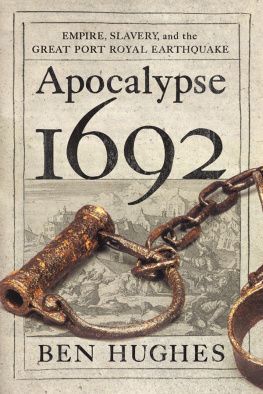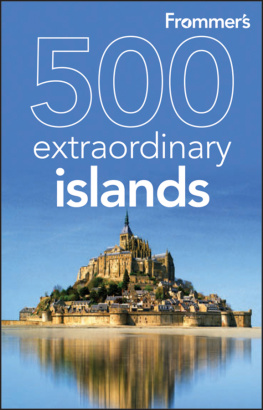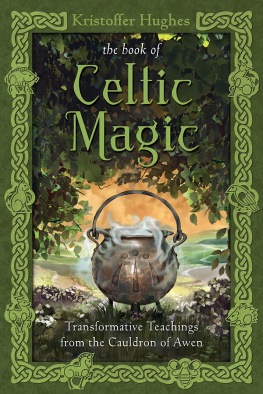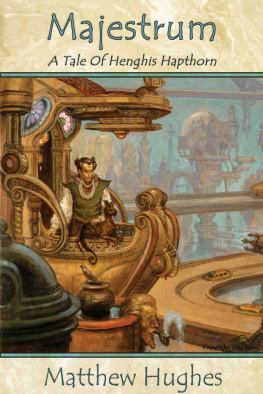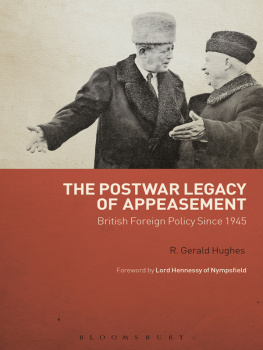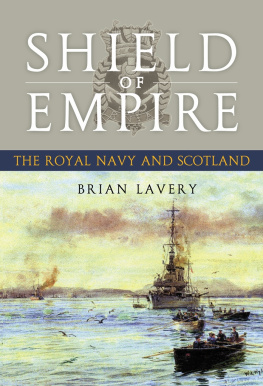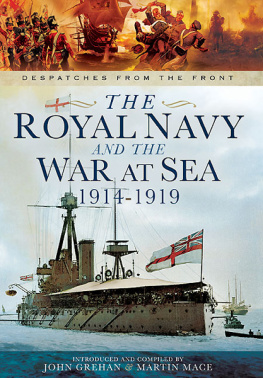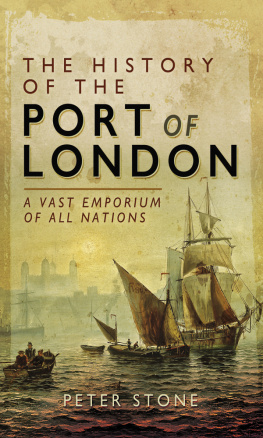ALSO BY BEN HUGHES
The Siege of Fort William Henry:
A Year on the Northeastern Frontier
The Pursuit of the Essex:
Heroism and Hubris on the High Seas in the War of 1812
The British Invasion of the River Plate, 18061807:
How the Recoats were Humbled and a Nation was Born
Conquer or Die!
Wellingtons Veterans and the Liberation of the New World
They Shall Not Pass! The British Battalion at Jarama
2017 Ben Hughes
Maps by Tracy Dungan
Maps 2017 Westholme Publishing
All rights reserved under International and Pan-American Copyright Conventions. No part of this book may be reproduced in any form or by any electronic or mechanical means, including information storage and retrieval systems, without permission in writing from the publisher, except by a reviewer who may quote brief passages in a review.
Westholme Publishing, LLC
904 Edgewood Road
Yardley, Pennsylvania 19067
Visit our Web site at www.westholmepublishing.com
ISBN: 978-1-59416-621-1
Also available in hardback.
Produced in the United States of America.
Illustrations
MAPS
Following :
ILLUSTRATIONS
Chronology
| 1502 | The first African slaves arrive in the Americas. |
| 1509 | The Spanish settle Jamaica. |
| 1642-46 | The English Civil War. |
| 1649 | Charles I is executed. |
| 1652-54 | The First Anglo-Dutch War. |
| 1653 | Oliver Cromwell is appointed Lord Protector. |
| 1655 | An English expeditionary force under General Venables and Admiral Penn captures Jamaica from Spain as part of Cromwells Western Design. |
| 1658 | Oliver Cromwell dies. |
| 1660 | Charles II ascends to the throne thus restoring the line of the Stuarts. |
| 1662 | The growing English settlement on Point Cagway, Jamaica, is first referred to as Port Royal. |
| 1664 | The English capture the fort of Carolusburg (later renamed Cape Coast Castle) on the Gold Coast of West Africa in the prelude to the Second Anglo-Dutch War. |
| 1665-67 | The Second Anglo-Dutch War. |
| 1670 | With the Treaty of Madrid Spain recognizes the English right of possession to Jamaica. |
| 1672-74 | The Third Anglo-Dutch War. |
| 1673 | A major revolt of Coromantee slaves breaks out on Lobbys estate, St. Anns Parish, Jamaica. |
| 1678 | A slave revolt breaks out on Ducks estate, St. Catherines Parish, Jamaica. |
| 1680 | Spanish agents begin purchasing slaves in Jamaica for transshipment to the Spanish colonies of the Americas. |
| 1688 | The Glorious Revolution sees James II flee to France and William and Mary crowned joint monarchs of England. |
| 1688-97 | The Nine Years War. France fights the English, Spanish, and Dutch in Europe and the New World. |
| 1689 | Aphra Behn writes Oroonoko, or the Royal Slave, a True History. September: The Earl of Inchiquin is commissioned governor of Jamaica. |
| 1690 | July: Jamaicas largest slave revolt to date, believed to have been led by an Akan slave named Cudjoe, breaks out on Suttons estate, Clarendon Parish. |
| 1691 | March to May: Inchiquin launches a raid against the privateers of Hispaniola. |
| 1692 | January: Governor Inchiquin dies and is replaced as temporary head of the island council by Councillor John White. June: A massive earthquake destroys Port Royal. |
| 1693 | March: William Beeston, Inchiquins permanent replacement, arrives at Jamaica. |
| 1694 | June to July: A major French invasion is repulsed. |
| 1730-40 | The First Maroon War breaks out in Jamaica. |
| 1738 | March: Cudjoe signs a peace treaty with the governor of Jamaica giving the Leeward Maroons the right to live unmolested in the Cockpit Country. |
| 1807 | The trade in slaves is abolished throughout the British Empire, although slavery continues in the colonies. |
| 1962 | Jamaica gains its independence from Britain. |
Maps
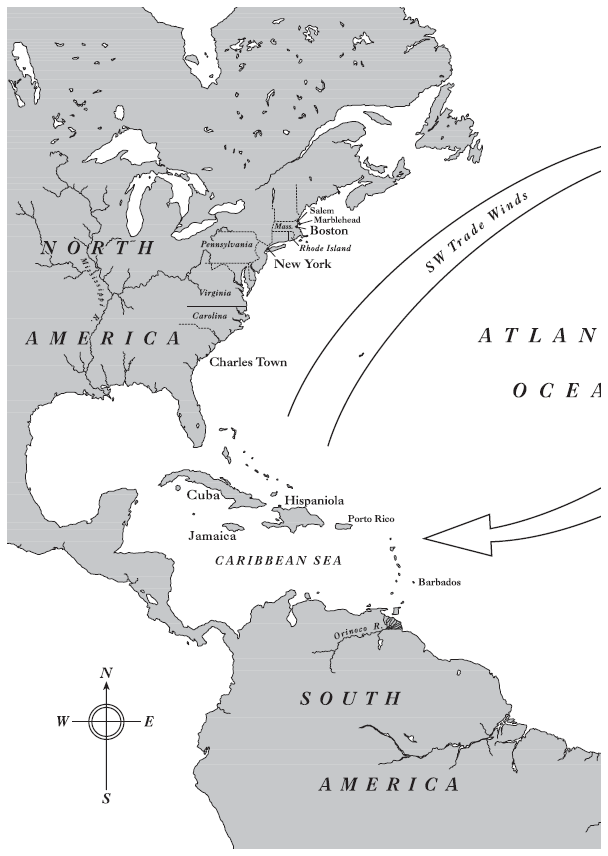
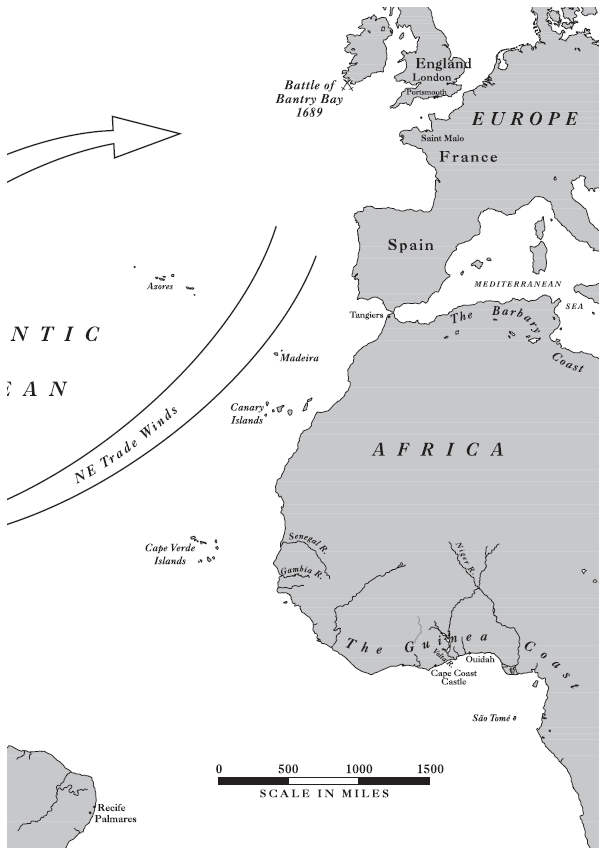
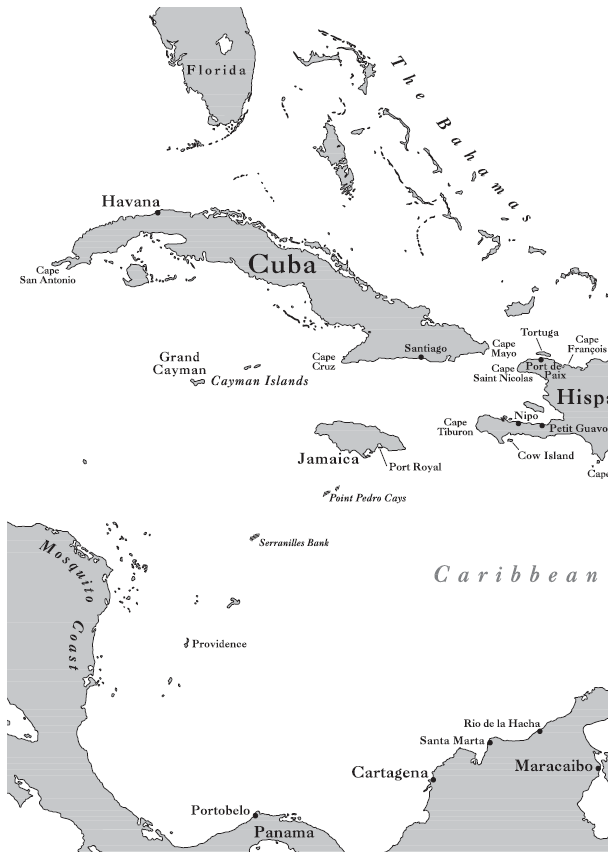
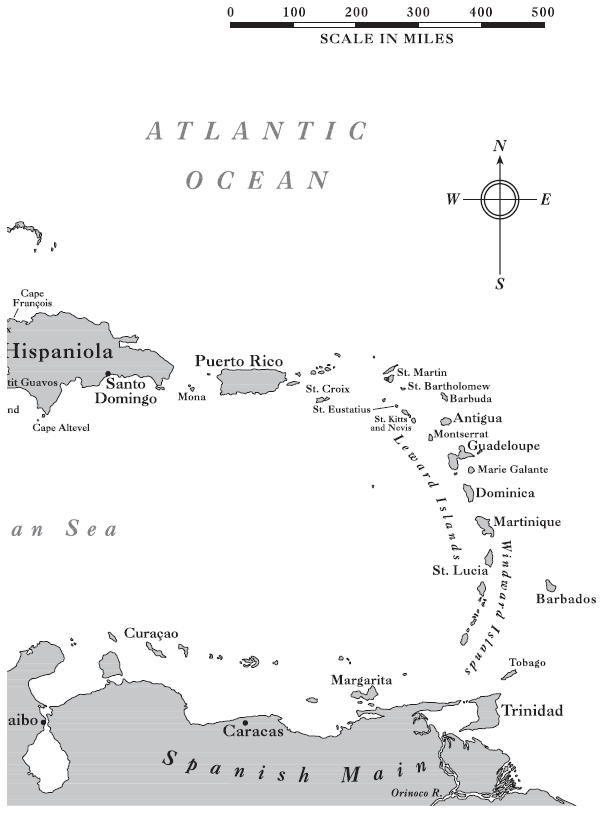

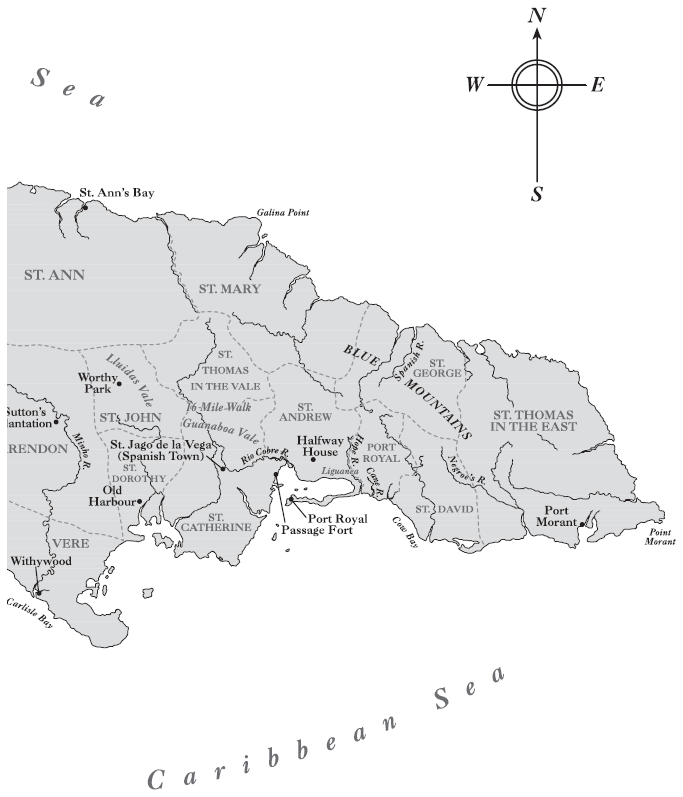
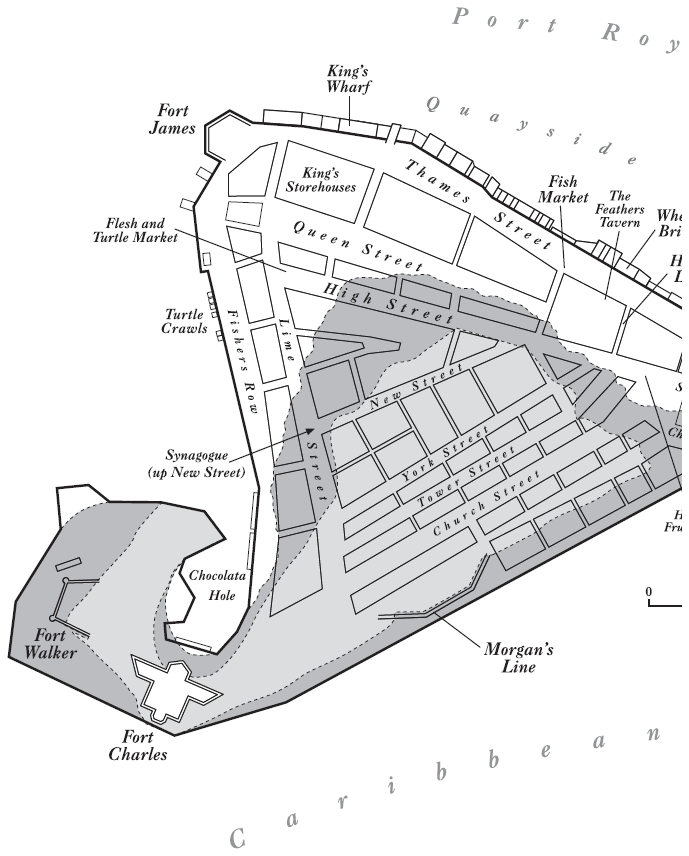
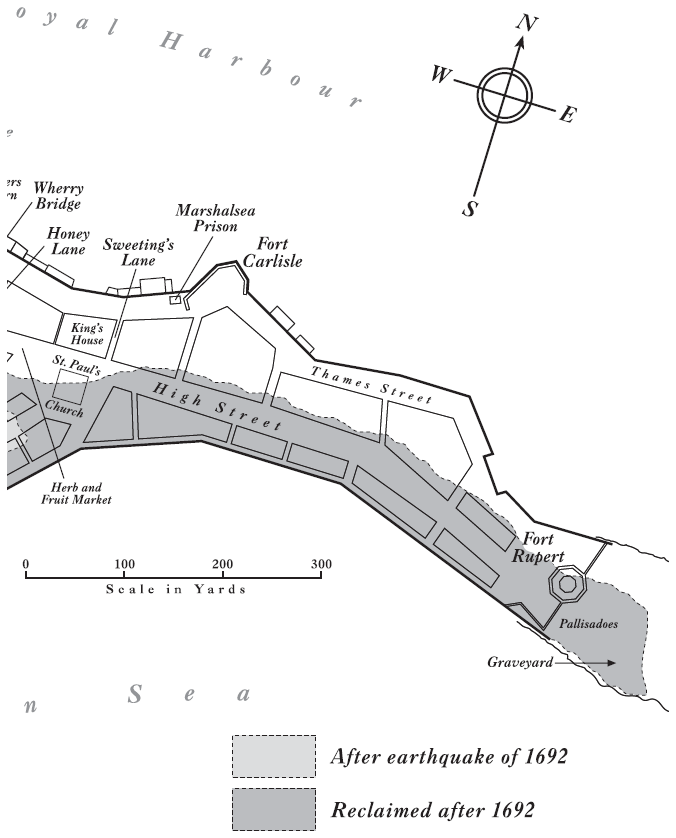
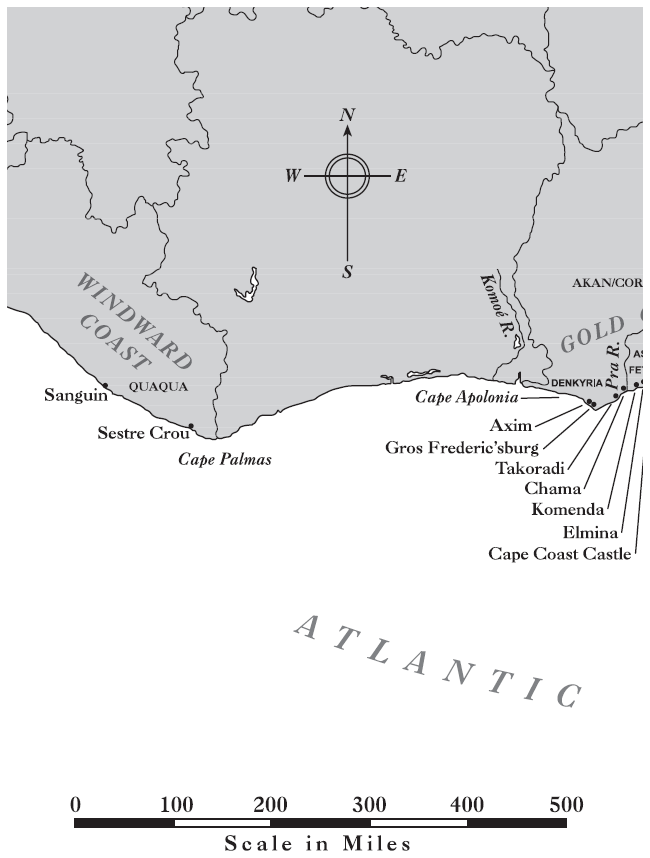
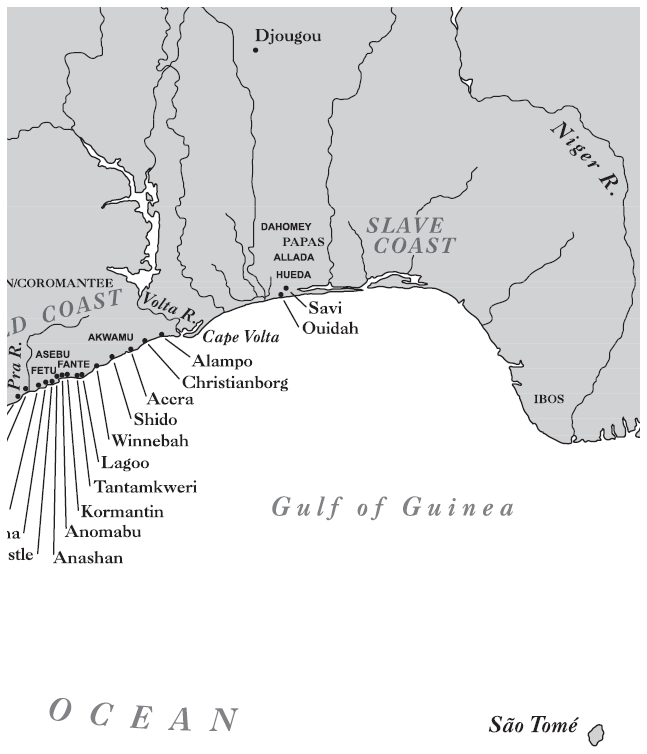
Prologue
PERCHED ON A SAND SPIT jutting into the muddy waters of Kingston Bay, Port Royal is a sleepy fishing village of 1,600 souls. It is an unassuming place. The sound of the waves slapping the seashore is interrupted only by the fast patrol boats of the Jamaica Defence Force. The locals get by on the profits hooked by a handful of marlin fishermen and a few dollars brought in by occasional tourists seeking an insight into Jamaicas murky past. Those who venture out from the resorts to the north and east of the island and make their way via Michael Manley International Airport and the scrub and sand dunes of the Pallisadoes are rewarded by the sight of a handful of relics which pay tribute to Port Royals former prominence. Half a mile to the east of town, as the spit narrows, is the eighteenth-century naval cemetery. Crooked gravestones adorned by weather-worn inscriptions bear witness to the toll yellow fever took on the Royal Navy seamen whose base once dominated town. Beyond is the ruin of an octagonal tower, part of the seventeenth-century Fort Rupert. The rest lies under a shallow lagoon whose waters also conceal a large fragment of a brick battery wall. Further on visitors pass Morgans Harbour, a hotel named after the most famous of Port Royals former inhabitants: a Welsh farmer turned Caribbean privateer who terrorized the Spanish colonies and rose to the post of lieutenant-general of Jamaica. Beyond Morgans is St. Peters Church. Built in 172526, the present building lies atop
IN ENGLAND, the second half of the seventeenth century was a period of great change. Where issues of religion, family and clan ties, and the struggle between Parliament and the crown had dominated the early Stuart era, trade, the generation of wealth, and the rise of science and the arts grew in importance after the Restoration in 1660. Three Anglo-Dutch Wars and a series of Navigation Acts prohibiting foreign ships from trading with Englands colonies saw the country eclipse the United Netherlands as the leading European player in global trade. This growth was mirrored by an interest in colonial possessions. Englands economic and political influence spread along the shores of West Africa, among the islands of the West Indies, the Eastern Seaboard of North America, and the subcontinent of India. In 1688 the Glorious Revolution saw James II, Englands last Catholic monarch and would-be emulator of Louis XIVs absolutist France, usurped by the Dutch Stadtholder, William of Orange. The Bill of Rights, passed in 1690, sealed the governments primacy over the crown: the new constitutional monarchs, William and Mary, were unable to suspend laws, levy taxes, make royal appointments, or maintaina standing army without Parliaments permission. The rise of the Whigs saw a shift away from agrarianism and a state-managed mercantilism of cloying tariffs, jealously guarded monopolies, and the belief that global wealth was finite, toward a commercial society built on the potential of free trade.

